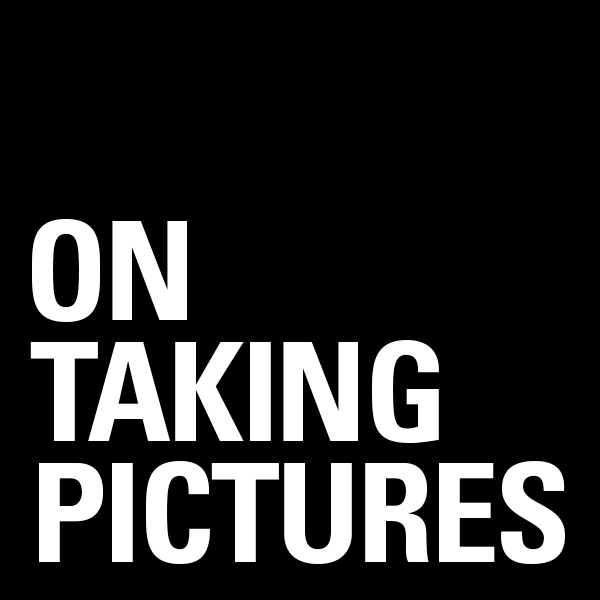 Up until recently, if you were a photographer your first camera was probably manual focus. If fact is was probably manual everything. Something like a Pentax K1000 that I started with. People still love cameras like this. Friends of mine shoot with old manual Nikon F’s and I myself use a Leica M, Hasselblad V, and 4×5 from time to time. It’s fun to slow down and take your time.
Up until recently, if you were a photographer your first camera was probably manual focus. If fact is was probably manual everything. Something like a Pentax K1000 that I started with. People still love cameras like this. Friends of mine shoot with old manual Nikon F’s and I myself use a Leica M, Hasselblad V, and 4×5 from time to time. It’s fun to slow down and take your time.
Before the mid 70’s auto-focus didn’t exist. You didn’t have a choice. For many photographers the answer was just to have a lot of light and stop down the lens a bit and guestimate the focus or use a hyperfocal distance to get enough of the scene to be sharp. That’s what Cartier-Bresson did. He’s stop down to f/8 or f/11, set focus to hyperfocal and just snap away.
My problem with manual focus now has a number of prongs. First is the more of a cultural one which is that times have changed and shoots move quickly, and when shooting people I often don’t have the luxury to spend a second or two focusing manually. It’s time consuming and the camera usually does it better than I ever could. People expect you to shoot fast nowadays.
The second reason I don’t use manual focus much on digital is that I can’t do it well enough. The more information your sensor captures, the more precise you focus has to be. It shows all of your flaws. Focus you may have gotten away with on 35mm film is going to be very soft in a 25MP digital file at 100% on a computer screen. That problem is even worse when you’re talking about medium format as I found when Dan and I did our format comparison a few months ago with a couple of 60MP P65+ backs. The only way to really tell what was in focus was to shoot tethered and zoom in. And there’s no way I could reliably do that manually, despite the fact that AF on those MF bodies kinda suck.
And the viewfinders in these cameras still don’t feel as big and nice as the ones in my old film cameras. I just can’t tell critical focus in there. My father’s old Canon AE1 had a split prism in the focusing screen. Why did they stop including those? They were great. You could tell if something was in focus by lining up two images like in a rangefinder. It was great. I know there are companies which sell split prisms for the 5D, I just can justify spending the hundreds of dollars they cost. When I got this camera I replaced the screen with Canon’s matte option which makes focus more obvious at the expense of a bit of light. Since I shoot with fast primes most of the time I’m willing to make that trade-off. That said, I still don’t trust my eyes. I don’t know if it’s that I’m getting old or what, but I can’t look through the viewfinder and focus on a persons eye from 8 feet away and trust that it’ll be sharp at f/1.8.
The reason I started thinking about this in the first place is that Zeiss recently released a 35/1.4 for the Canon EF mount. I love the look of Zeiss lenses and their T* coating. Better than Canon L glass? Eh, different. Is that difference in my head? Maybe. Do they feel glassy smooth to focus? Oh my god yes. I tried out their 50mm a couple years ago and the problem I had is the one I’m discussing here. I just couldn’t reliably focus accurately enough to make it worth it. The best Bokeh in the world ain’t worth a damn if the part of the image you want in focus isn’t in focus.
Am I the only one who has this problem?
